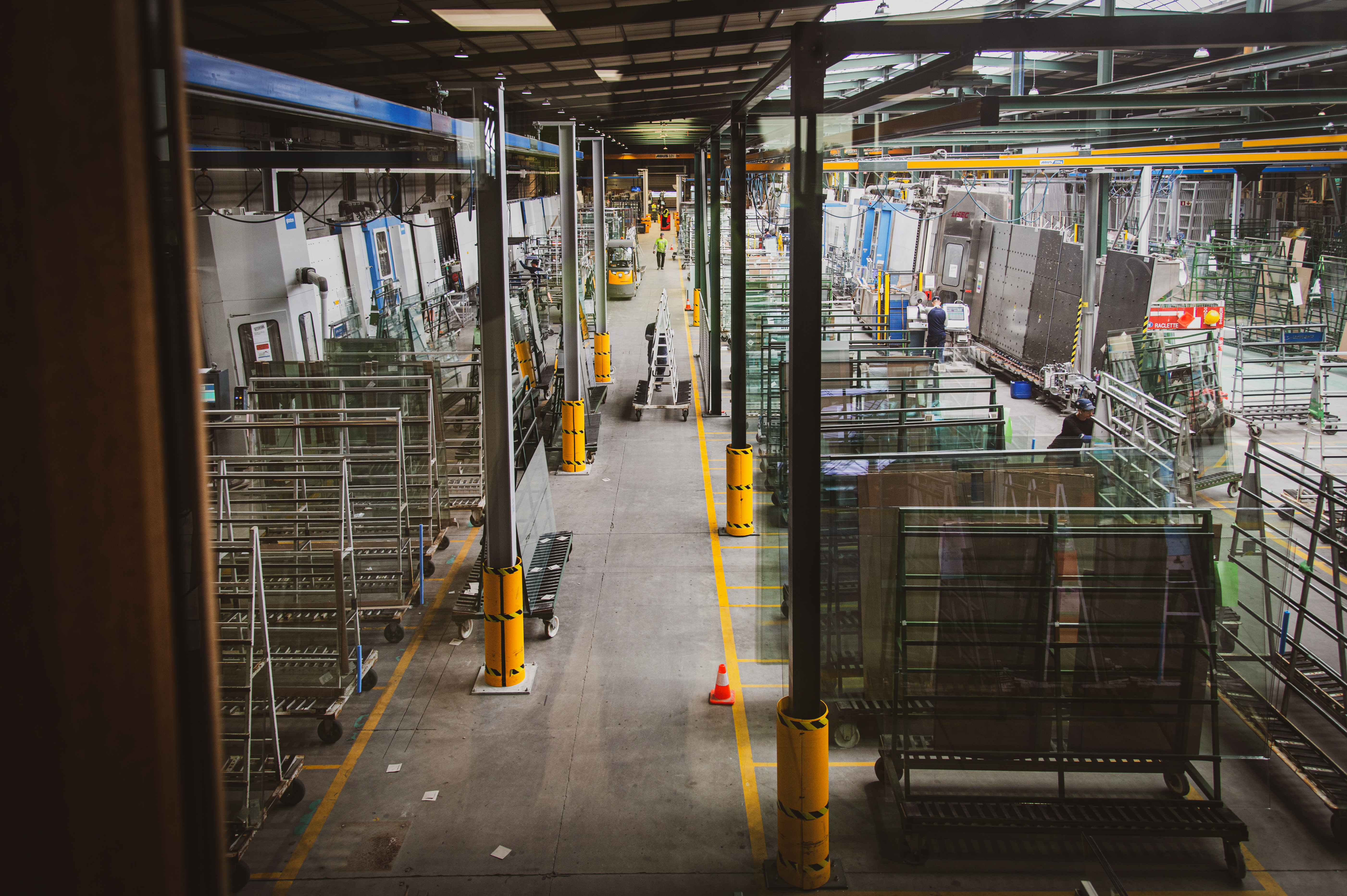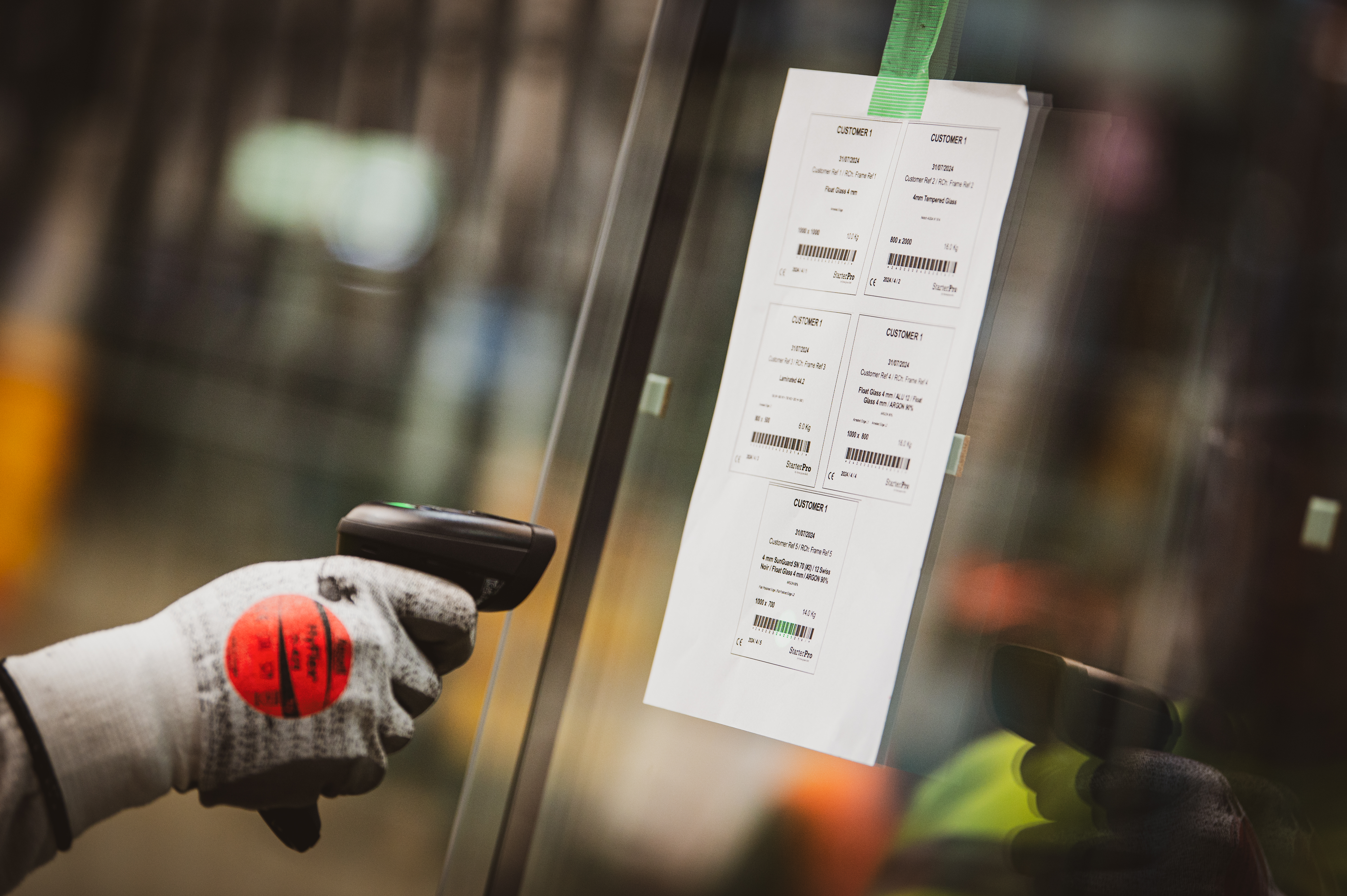When considering a major investment like an ERP system, you might ask yourself, “Is it worth it? Do I really need it?” These questions are especially relevant for high-consideration products – those that require significant time and thought before purchase due to their cost and impact on your business.
As a small business in the glass industry, you are likely weighing the potential benefits of an ERP system like StarterPro. Market competition, evolving technologies, industry standards, and customer expectations add to the pressure of making the right investment decision.
At Synerglass-Soft, we understand the unique challenges you face as a glass processor. Our team includes experts in the glass industry who have been in the field to understand these challenges.
Rather than making bold claims or promises, we aim to help you assess whether StarterPro is worth the investment by providing the information and resources needed to make an informed decision.
In this article, we will guide you through the steps to evaluate this investment for your business, focusing on different aspects:
- Financial return: Evaluating the return on investment (ROI) by assessing costs against anticipated savings and revenue growth.
- Functionalities: Analyzing the features and capabilities of the ERP system and how they align with and improve your daily operations.
Steps to evaluate the value of StarterPro for your business
Evaluating the potential impact and value of investing in StarterPro involves several steps, from assessing your current situation to making an informed decision. Here is a structured approach to help you determine whether StarterPro is worth investing in for your business.
Step 1: Identify your Bottlenecks
Think about daily operations and inefficiencies
Think about your daily operations. Are you experiencing frequent production delays, or errors in order encoding? Perhaps you are unsatisfied with your scrap rate and cutting optimization is a challenge. Identifying these bottlenecks can reveal where you are losing efficiency and resources.
For example: “If your team frequently has to re-cut glass due to encoding errors, this not only wastes materials but also adds unnecessary labor costs. Consider the costs involved in reprocessing orders, the time wasted, and the need to dedicate a person only to re-encode data”.
Reducing these inefficiencies can save you money and enable you to reallocate staff to tasks that add value to your business.
Gather employee feedback
Gathering feedback from your employees is a dimension that is often overlooked, but it is actually a rich source of information. It can help you understand what works and what does not at the heart of your business.
Your employees are the ones who make the business work every day, and your aim as a business owner is to make their work smooth and easy, simplifying their lives to help your business grow faster. They are confronted with day-to-day challenges and can give their opinion on what could be improved.
For example: “Your warehouse staff may point to problems with production tracking, while your sales team may highlight difficulties in providing customers with order status.”
By gathering their feedback, you can uncover practical issues that new software could solve, making their work easier and more efficient.
Measure customer satisfaction
Take your customers’ opinions into account. Are there recurring complaints or areas where your service could be improved? Because at the end of the day, they are the ones buying from you and making your business profitable, their opinion matters. You want to make sure they keep buying from you and turn them into loyal customers. Their feedback gives you great insights about where to focus your efforts when moving to an ERP system.
For example: “If customers frequently complain about delays in order fulfillment, a more efficient production system could improve your turnaround times and eventually customer satisfaction.”
By understanding these aspects, you can better determine your expectations from a new software solution like StarterPro.
Step 2: Quantify your challenges
Evaluate costs of identified issues and bottlenecks
After identifying your bottlenecks and problems, the next step is to evaluate how much these issues cost your business. This involves quantifying each bottleneck in terms of time, glass units, FTE dedicated, or other relevant measures.
Understanding these costs is essential for making a compelling case for investing in new software, as these losses directly impact your company’s profitability.
Once you have this information, you can build a budget because you know how much money you want to invest to address these inefficiencies. Ask yourself, “How much money am I losing in each process?“.
Step 3: Define your company’s needs and priorities
Once you have a clear picture of your current issues and have identified your bottlenecks, the next step is to define what you hope to achieve by investing in such software.
Set measurable objectives
Set clear, measurable objectives to track your evolution. These objectives should be considered before your ERP selection process and will also be used to monitor your progress once the new system is installed.
For example, “You might aim to reduce production time by 20%, cut order errors by 30%, or increase customer satisfaction by 15%.” Having these benchmarks will enable you to accurately measure the software’s impact.
Imagine the other following scenario: “You are currently processing 50 glass volumes a day and want to increase that to 100”, tracking these parameters will show how StarterPro is helping you achieve these goals.
Define your budget
Define your budget for this investment, including installation, subscription, and training. Understanding your financial constraints will help you assess whether StarterPro is a feasible option for your business. Consider not only the initial cost but also the potential savings over time.
For example, let’s break down the investments in more detail:
- Installation: These include the installation fees and any necessary hardware upgrades. For instance, the initial cost might be up to €5,000.
- Subscription: depending on the package and the number of users, it ranges from €200 to €2268 per month, including updates and maintenance.
- Training: The software comes with staff training. With StarterPro, this is included in the installation and is essential for maximizing the software’s potential.
Step 4: Check what StarterPro can bring you
Comprehensive information about StarterPro is essential to determine if it aligns with your objectives. It is important to evaluate StarterPro in comparison with the bottlenecks and challenges you identified in your earlier analysis.
Deepen your understanding about StarterPro
To deepen your understanding of the product, you can:
- Explore online resources: Explore the company’s website, read detailed articles, and watch available videos. These resources often provide in-depth information on software features and user benefits.
- Request a demo: You could also request a demonstration to see the software in action. This enables you to see its application in real-life business scenarios.
- Talk to experts: In addition, ask to speak to experts who can provide information tailored to the specific challenges of your industry.
- Read reviews and case studies: Finally, read reviews and case studies from other companies in the glass industry. They can offer valuable insights into how the software has benefited similar companies.
Think about future growth
Think about where you picture your company in 5 to 10 years. Do you have big upcoming projects such as new machinery investment, extension of your plant, recruitment of workers, etc.?
Anticipating future needs is essential for selecting software that aligns with your long-term vision. An ERP system is a significant long-term investment; glass processors, on average, keep their ERP systems for about 10-15 years. Therefore, choosing software that meets your long-term needs and projects is crucial.
If you plan to expand your business, how will this software support and adapt to your company? For instance: “If you plan to open new production lines or expand your product range, could StarterPro support this growth without requiring a complete overhaul of your systems?”
Define your priorities
Based on the objectives defined in the previous steps, you will have a list of things to achieve. From this list, you need to make choices regarding features and define your priorities. An effective way of doing this is to carry out a MoSCoW analysis, which helps you to differentiate between what is necessary and what is a nice-to-have feature.
The MoSCoW method stands for:
Must have: Essential software features you need.
Should be: Important but non-critical features.
Could have: Interesting features that can be implemented if possible.
Will not have: Features that are unnecessary to meet your current needs.
Check that the software meets your “Must-Haves,” and if it fulfills your “Should-Haves” and “Could-Haves.” This method will help you evaluate how well the software aligns with your needs.
Step 5: Evaluate ROI potential
Determining the potential return on investment (ROI) is a crucial step in assessing whether StarterPro is worth investing in. Consider the following factors:
Project impact on sales
Consider the impact on sales and revenue. Improved customer service and production efficiency can grow sales and lead to greater customer satisfaction, boosting your company’s revenues.
For instance: “faster order processing and more accurate delivery dates can significantly improve customer satisfaction, resulting in more orders and greater customer loyalty. Improving the accuracy of delivery estimates can make a significant difference in how customers perceive your reliability and the quality of your service.”
Conduct a break-even analysis
Do a break-even analysis to determine how long it will take to recoup your initial investment. Compare the initial costs of purchasing and implementing the software with the ongoing benefits you expect. This analysis will help you understand the financial impact of the investment and the payback period.
Consider Potential Savings and Efficiencies
Now, let’s consider potential savings and efficiencies:
- Labor Costs: By automating manual processes, you can reduce the time employees spend on repetitive tasks.
For instance, “if you save 1 hour per employee per day and have 10 employees, that is 10 hours saved daily. Assuming an average labor cost of €25 per hour, this means €62,500 saved annually.” - Material Costs: Improved cutting optimization and reduced errors can significantly lower material waste and reduce scrap rate.
”If you currently spend €400,000 annually on glass materials and expect a 10% reduction in waste, you save 40,000€ per year.”
Imagine what savings you could make by selling half of what comes from your scrap rate. - Operational Efficiency: Faster production cycles and reduced downtime can increase your output.
”If improved efficiency allows you to handle 20% more volume, and your current annual revenue is €800,000 this could potentially increase revenue by 160,000€.”
By putting a monetary value on these inefficiencies, you can better understand the potential savings StarterPro could offer and illustrate the ROI.
Evaluating StarterPro’s value
As you have read this article, assessing and evaluating the relevance of an investment requires the consideration of many factors. We have provided guidelines for conducting this analysis specifically for StarterPro, but note that you can also apply this procedure to any other ERP system.
By identifying your bottlenecks, quantifying your challenges, verifying what StarterPro can offer, defining your company’s needs and priorities, and assessing the potential return on investment, you can determine whether it is worth investing in your glass processing business.
Remember that StarterPro offers a range of features tailored to your business. However, it is essential to explore all available options and consider how they align with your company’s specific needs and budget. The aim is to find the solution that adds value and addresses your most pressing challenges.
Ultimately, deciding if StarterPro is worth the investment for your glass processing business rests in your hands. Evaluate your needs, review the benefits, and take action.
Contact us at info@synerglass-soft.com today to discover how it can transform your operations and boost your profitability.




